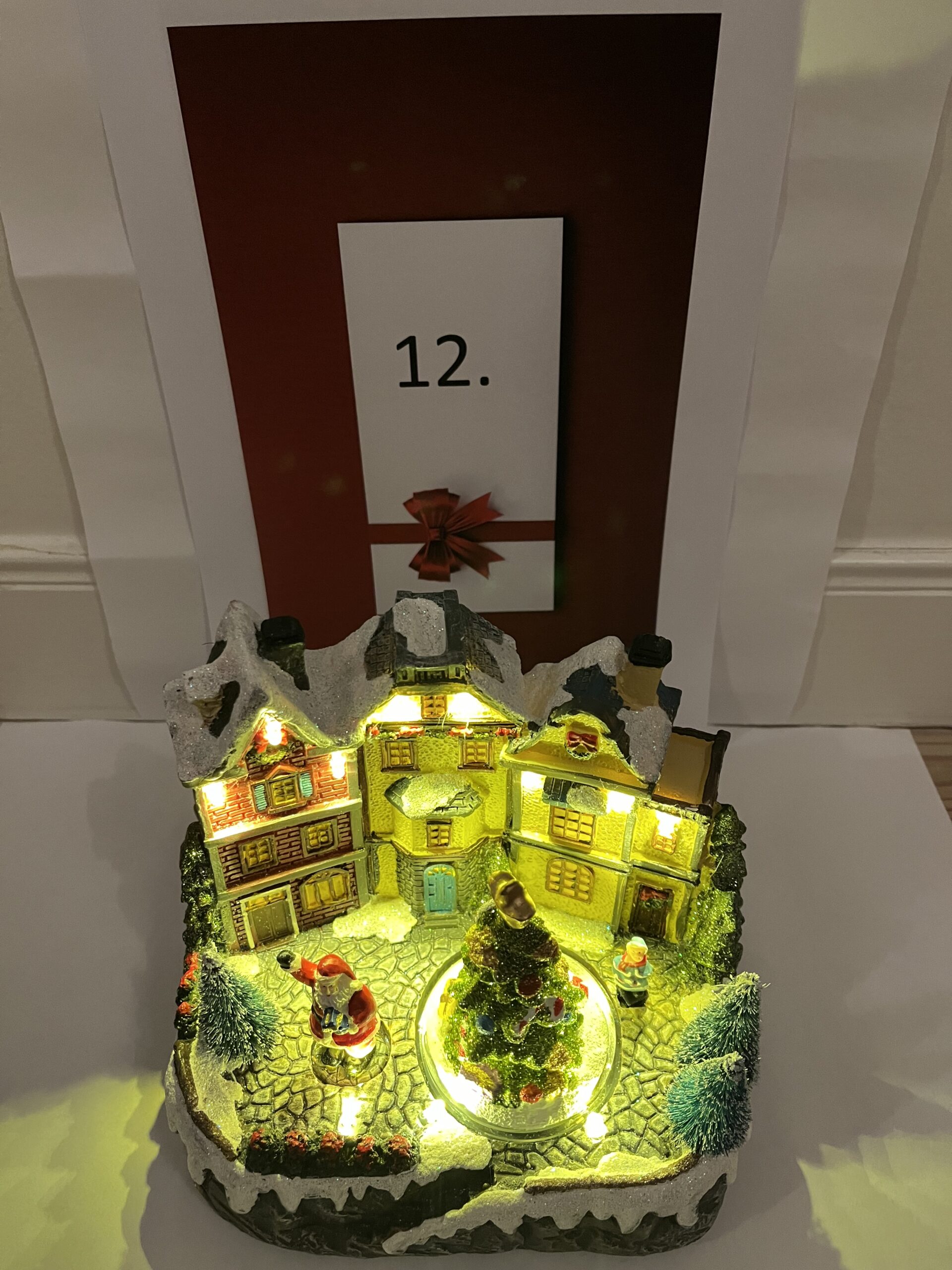 Today it will all be about ice. Ice is frozen water and can be divided in to two main types. Cast ice and Black ice (Sv. Stöpis och kärnis), The properties of ice depends partly on the size and appearance of the ice crystals. If you have an average layer of the ice, you can determine the core how the adhesion is between the layers. You who are familiar with snow and avalanche can recognize the similarity here. Water is one of the exceptions to the theory that substances that turn into solid form contract. The water has the property of becoming almost 10% lighter when it freezes to the ice is the opposite of many substances where the volume decreases and the density increases. The ice grows thicker on the underside in the border layer against the water that always has a temperature of zero degrees in lake water. The heat is led from the border layer, up through the ice, through the outer ice layer out to the air by radiating against a dark and clear night sky. The radiance is not at all as great against a light day sky or a cloud -covered night sky. Bridges, bridges, reeds and imminent forests have the same impact and the ice becomes thinner here. Water freezes to ice when it is reversed layered ie. Colder water flowing on top of warmer depth water. The temperature at the water surface creeps below zero and becomes undercooled, then ice formation begins.
Today it will all be about ice. Ice is frozen water and can be divided in to two main types. Cast ice and Black ice (Sv. Stöpis och kärnis), The properties of ice depends partly on the size and appearance of the ice crystals. If you have an average layer of the ice, you can determine the core how the adhesion is between the layers. You who are familiar with snow and avalanche can recognize the similarity here. Water is one of the exceptions to the theory that substances that turn into solid form contract. The water has the property of becoming almost 10% lighter when it freezes to the ice is the opposite of many substances where the volume decreases and the density increases. The ice grows thicker on the underside in the border layer against the water that always has a temperature of zero degrees in lake water. The heat is led from the border layer, up through the ice, through the outer ice layer out to the air by radiating against a dark and clear night sky. The radiance is not at all as great against a light day sky or a cloud -covered night sky. Bridges, bridges, reeds and imminent forests have the same impact and the ice becomes thinner here. Water freezes to ice when it is reversed layered ie. Colder water flowing on top of warmer depth water. The temperature at the water surface creeps below zero and becomes undercooled, then ice formation begins.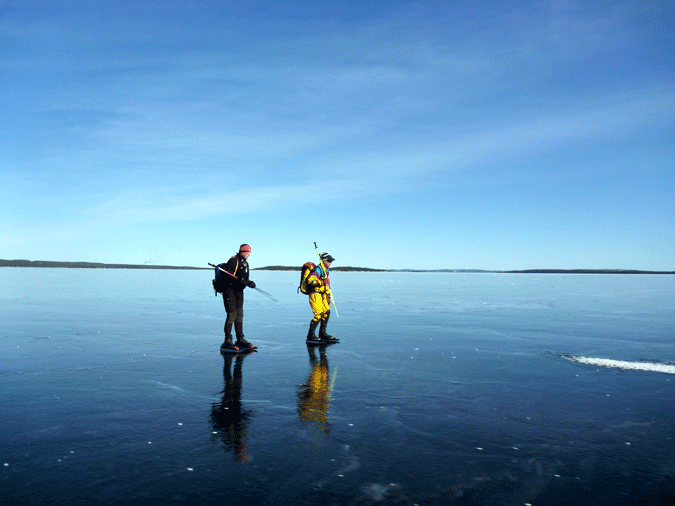
Black-ice, ice formation on the surface takes place, under calm weather conditions during a cold and clear night in stages. A network of horizontal ice pins forms its foundation. The ice crystals are growing rapidly in different directions. But the ice is primarily growing from the top down. The core is transparent and the ice growth speed is dependent on the cooling from the air or more accurately the formation of the forming ice line upwards.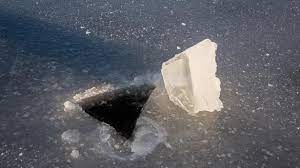
Cast-Ice, t often happens that it is snowing in connection with ice formation, with this you get an ice with many small bubbles with the content of the air that exists between the snow ice crystals. The ice that is gray, almost white is called Paste Ice. This ice type can be formed from a snow cover on top of a core ice. In rain or thawing weather, the snow melts down to a snow mourning, or at best to fairly clean water. At cold degrees and radiance, the mourning or water freezes to cast ice. This can sometimes approach the core ice in quality. There is also one way that cast ice can be formed. When the snow cover is heavier than the ice power of the ice, the surface of the ice is pressed down. The milk -colored ice that is then formed is also called plunge ice. This ice often has cracks and water often penetrates when the beach edge. The properties of this ice varies vigorously mainly due to the air mixture and the size of the air bubbles. Provided that the ice has frozen properly together with the underlying ice, it contributes to an increased carrying capacity. Please note that as long as there is freely cast on the ice, there can be no growth under the core ice.
One must not mix the core with the bearing ice when the latter has a much worse strength. During thaw periods it soften faster. The enclosing air seems insulating and growth is significantly slower. If you turn on cast ice it has a much weaker tone than the core and it can have an almost mute sound ..
Wind influence, Moderate wind strength makes the icing difficult, but growth on already existing ice is increasing. It takes different time for the ice to grow 1cm depending on how the external conditions are. ie The weather. The old rule of thumb says 2.5 cm in a day at -10 degrees. But the following rule is also available; If the outdoor temperature is -10 degrees,(clear and calm weather) 4 hours is required for the ice to become 1 cm thicker. The ice grows 3.5 cm on a 14 hour night. In the event of blown, the ice growth is accelerated but at +1 degree and in clear weather the ice grows as at -10 degrees and cloudy weather. Lake ice is sustainable on two nights. When it is cloudy weather, not so cold and with a little wind, the ice grows slower. Down to -2 degrees almost no growth occurs. But if it is -10 degrees, it requires 8 hours for 1 cm growth at night. In 14 hours, the ice becomes 1.75 cm thicker.
Recipes for energy cake, when activity in cold you need energy so why not try this recipe for an energy cake?
2dl syrup, 1.5 dl sugar, 2.5 dl cream. Filling: 5 dl oatmeal, 1.5 dl sunflower seeds, 1.5 dl raisins, 2-2.5 dl finely chopped nuts.
Mix cream and sugar and syrup boil into a caramel. If necessary, do a crumble test with water. Use a large saucepan and it will be easier. When the batter has cooked clearly, mix down the filling, make sure it is mixed well and then pour the batter on baking paper. Now you put a baking sheet paper on the batter and roll out until it is about 1cm thick. Allow the batter to cool and cut into just large pieces – and clear. Ps. You can dip them in chocolate so they stay softer…
Todays Christmas gift suggestion will be a sleeping bag from Marmot. The Never Summer regular is a nice choice for a good night of sleep, even if it cold…
THE DOLOMITES | Cinematic video | (youtube.com)
See ya tomorrow…
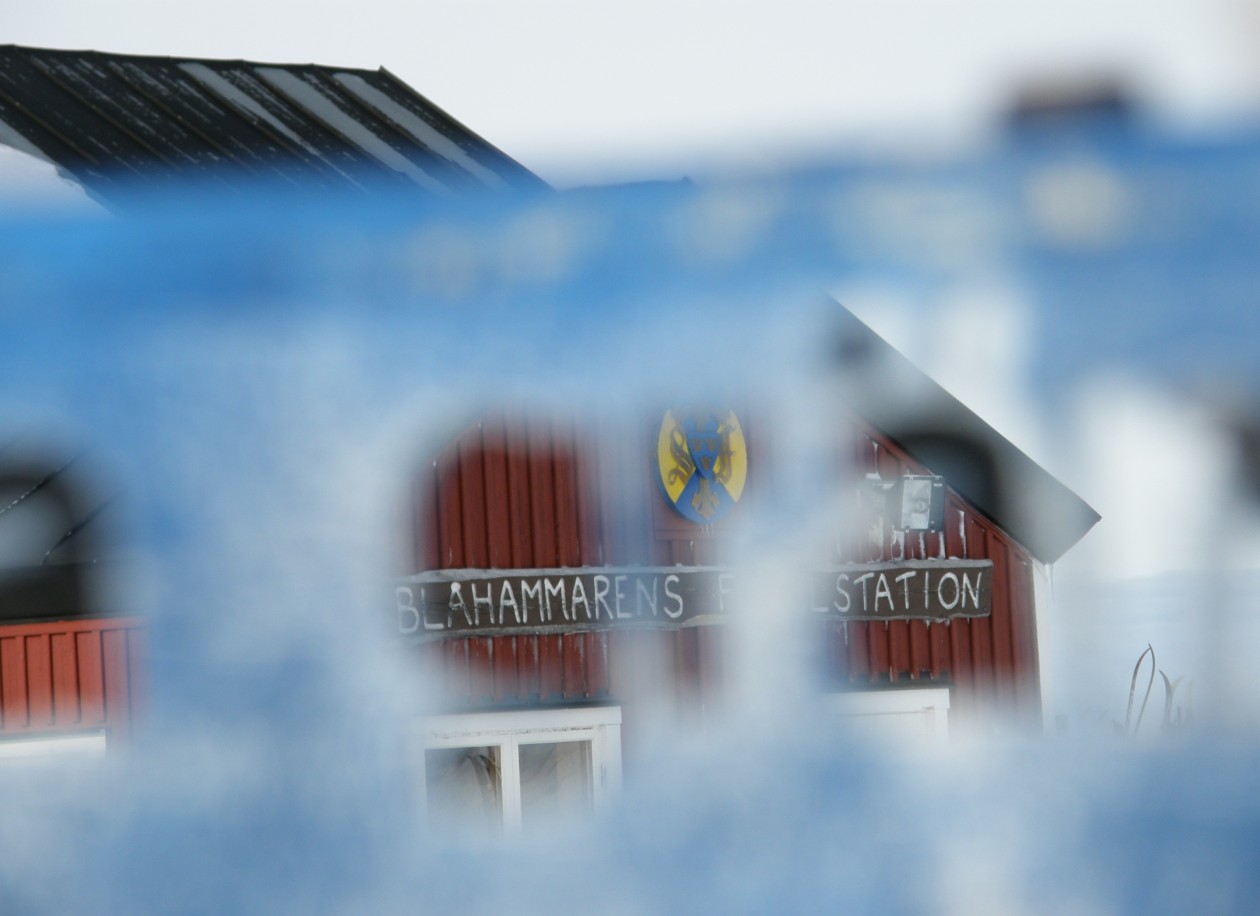
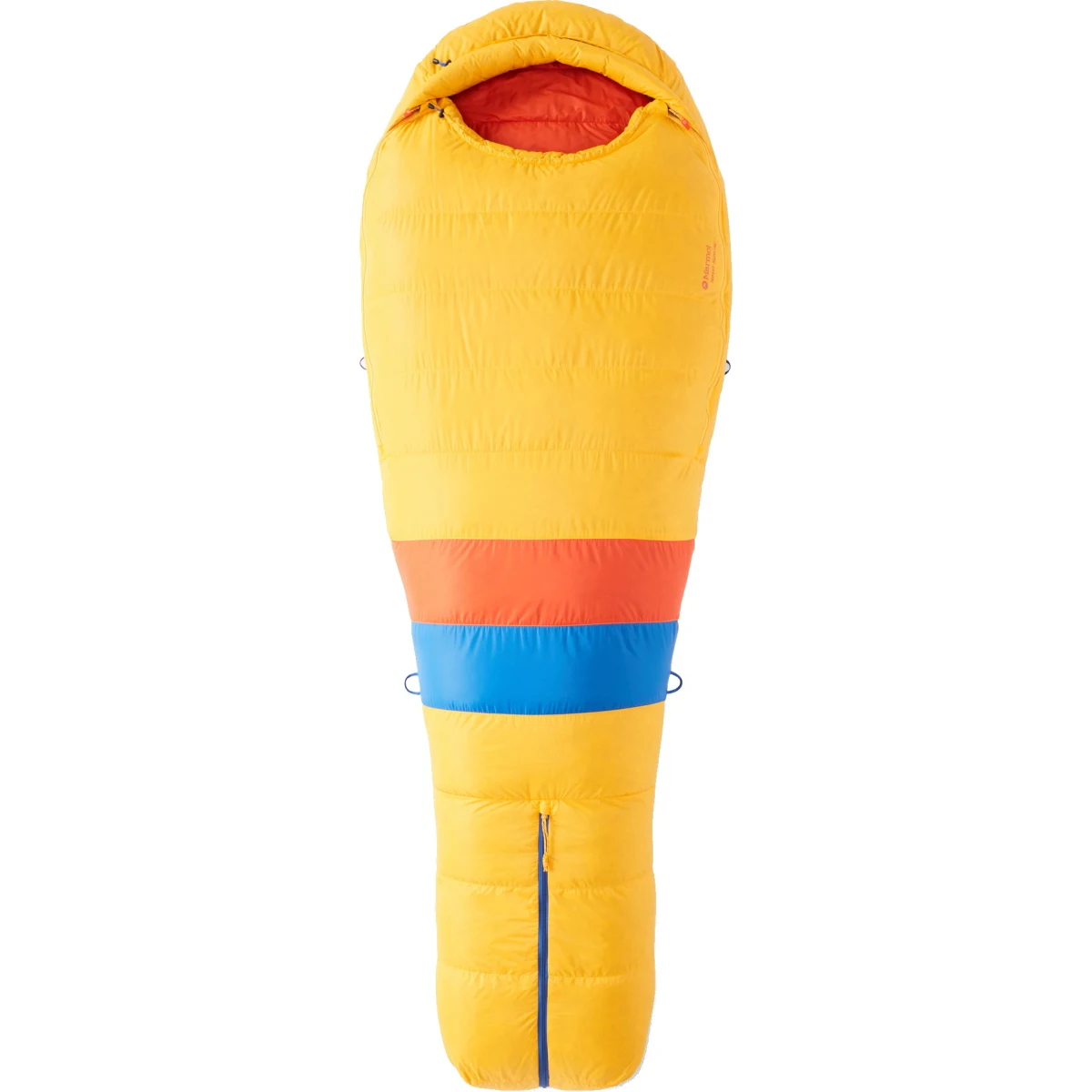
Interesting and important topic Bergman.
Either if you are a iceskater or a normal outdoorperson you often encounter ice.